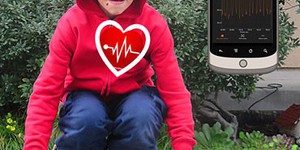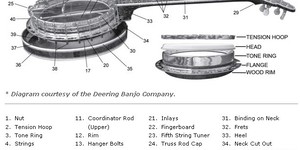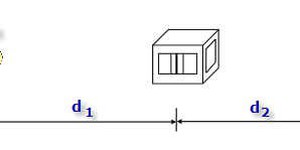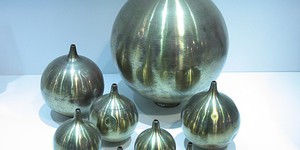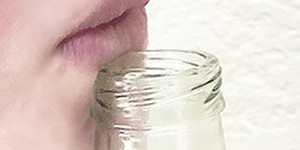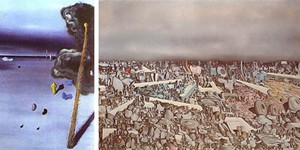Others Like “What Material Makes the Most Resonant Soundboard?” (top 20 results)
|
Walk into any music store and you'll find a dizzying array of string choices for your classical guitar, including rectified nylon, clear nylon, carbon fluoride, bronze wound, phosphor bronze wound, silver-plated copper wire, Polytetra-flouro-ethylene (PTFE), each in a range of tensions from low to high. There is no single best brand or best material. All have their advantages and disadvantages. A set of strings that sounds "sparkling" on one guitar might sound dull on another, primarily because…
Read more
Whether you have already tried the Science Buddies
Build a Paper Speaker activity or the
Measure the Frequency Response of a Paper Speaker
project, or you just like music and are interested in exploring more about the science of sound, then this project is for you.
You probably know that sound waves can have different frequencies. If not, you can read more about that in the background section
of the Measure the Frequency Response of a Paper Speaker
project. The range of human hearing…
Read more
Your heart starts beating before you are born and keeps right on going through your whole life. Over an average lifetime, the human heart beats more than 2.5 billion times. Keeping your heart healthy means eating right, not smoking, and getting regular exercise. Which of your favorite physical activities give your heart the best workout and help keep it fit? In this science project, you will use a smartphone equipped with a sensor app to visualize your heart rate and find out which…
Read more
In this project, you'll investigate the physics of standing waves on guitar strings. You'll learn about the different modes (i.e., patterns) of vibration that can be produced on a string, and you'll figure out how to produce the various modes by lightly touching the string at just the right place while you pick the string. This technique is called playing harmonics on the string. By the way, we chose a guitar for this project, but you can do the experiments using any stringed instrument, with…
Read more
This is a rockin' project for guitarists with an interest in the physics behind the music. Have you ever wondered why the pitch of the note changes when you fret the string? You can find out for yourself with this project on the fundamental physics of stringed instruments.
Read more
The banjo's roots trace all the way over to Africa. The unique sound that a banjo makes depends, in part, on the resonator. The purpose of the resonator is to amplify and project the sound that is made by strumming and plucking the strings. In this music science fair project, you will experiment with a resonator on a banjo and see if you can hear the difference in sound.
Read more
You have probably seen light bulbs with different wattages, for example 50 W or 100 W. Higher-wattage lights are brighter but they also consume more electrical power. Are some bulbs more efficient than others, meaning they produce more light per unit of electrical power? You can find out for yourself by making a simple photometer to compare the light output from different bulbs. This project shows you how.
Read more
Helmholtz resonance, or air cavity resonance, refers to the resonance of air in a container with a small opening, like a plastic bottle or the devices shown in Figure 1. The resonant frequency of the air depends on the volume of the air in the container and the geometry of the opening (its length and cross-sectional area). The Helmholtz frequency is not the same as the natural frequency of an air column in a cylinder, where the opening is the same size and shape as the rest of the cylinder. …
Read more
Have you ever blown across a bottle's top and made a pleasant, resonant sound? If so, have you wondered how that note is made exactly? A bottle is actually what is called an air cavity, also known as a Helmholtz resonator. Ocarinas are examples of musical instruments of this type. In this science project, you will use bottles to investigate how the volume of air in the cavity affects the pitch of the note that it makes. All you need are some bottles, water, a ruler, and a chromatic tuner.
Read more
Have you ever bitten into a thick, fragrant casserole and tasted the layers of flavor? Or maybe you've licked of a vanilla ice cream cone and thought, "This is so pure, simple, and refreshing!" These observations about the taste of the food are also comments on its texture—the casserole is complex and thick, and the vanilla ice cream cone is simple and thin. You might not realize it, but sound can also have texture. In this music science fair project, you'll learn how to "taste" the…
Read more
|
Explore Our Science Videos
Build a Hydraulic Lift
How to Build a Brushbot
Aluminum Foil Boat Design - STEM Lesson Plan




